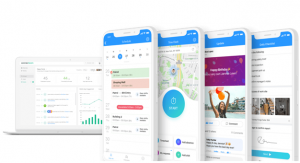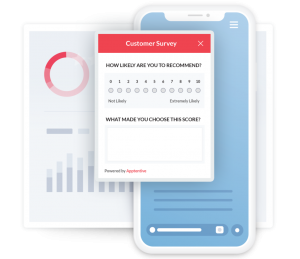The internet is drowning in trendy suitcases, and millennials can’t stop buying them
Away, July, Antler, Monos. There’s never been more choice when it comes to buying luggage. Is the market big enough for everyone?
This is shaping up to be a blockbuster year for summer travel. And as airports in London, Singapore, New York, Vancouver, or Sydney flood with tourists, you’ll notice their luggage looks sleeker and more colorful than it did in the past.
A decade ago, most tourists were wheeling around suitcases from luggage giants Samsonite, Delsey, American Tourister, Tumi, and Rimowa. But these days, while these brands still dominate roughly half the market, there’s a flock of new brands shaking up the $174 billion global luggage sector.
The trend began with Away, the startup founded in 2015, known for its wheeled cases with signature grooves, affordably priced at $275 for a carry-on. Fueled by $156 million in venture capital funding, it grew quickly in its early years, selling millions of cases. But Away paved the way for a wave of luggage startups, staking their claim on different markets all over the world.
In 2018, the Australian brand July launched and quickly took off across the Asia Pacific region. That same year, Monos launched in Canada. Both produced minimalist hard-shell cases that came in a rainbow of colors. Last year, in the United Kingdom, a century-old luggage brand called Antler popped up again out of oblivion.
All of these brands make similarly sleek, colorful hard-shell cases with their own distinct branding, at a very similar price point to Away. Despite the glut of options, the global luggage sector is growing at a rate of 7.4% annually, giving these upstarts the chance to build sizable businesses by winning over a new generation of consumers—or stealing market share from the legacy players over time.
Now, all of these international brands want to take on the U.S. market, edging into Away’s territory. They believe that there’s still room to win over customers looking for an affordable well-designed suitcase with a compelling brand narrative around it—the playbook that Away mastered. “The reality is that other direct-to-consumer brands are not our competitors,” says Athan Didaskalou, July’s cofounder. “We’re all fighting to steal market share from Samsonite, which owns 25% of the market, and LVMH, which owns another 10%.”
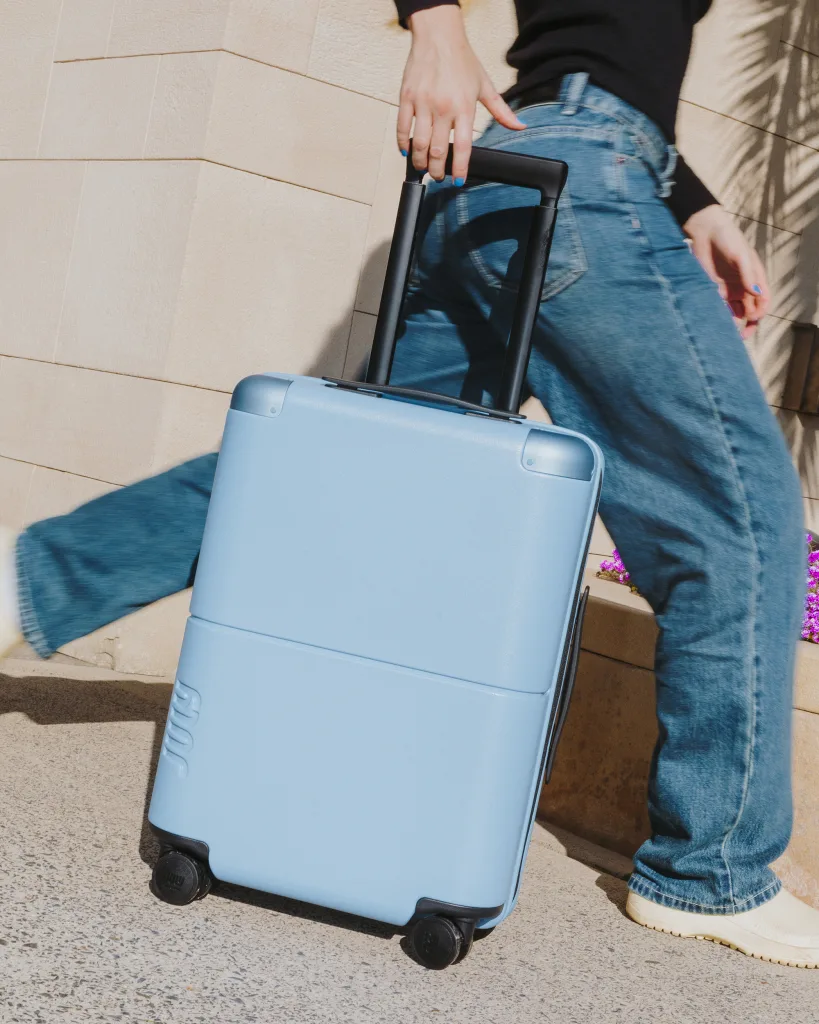
First Mover Advantage (and Challenges)
Before Away hit the market in 2015, people had two polar-opposite options when it came to buying luggage. They could either spent thousands of dollars on a Louis Vuitton trunk or an aluminum Rimowa rolling suitcase, or they could spend $200 on a generic, utilitarian bag sold by a big brand.
Away’s founders believed that consumers were eager for something new, so they radically reimagined how a suitcase could be designed and marketed. They partnered with the design firm Box Clever to create a sleek suitcase with grooves on it reminiscent of those on Rimowa’s cases, but manufactured in China for a fraction of the cost. They created an immersive brand, filling their social media channels with gorgeous images of cities around the world. They sold the cases on their website, and shipped them to customers’ doorsteps, so they didn’t have to lug suitcases back from the store. (Away did not respond to a request for comment before we went to press.)
The brand was an instant success, selling 50,000 suitcases in its first year of business, and millions in the years that followed. It also spurred a wave of other DTC brands, including Paravel, Arlo Skye, and Beis. (Two other brands of that era Bluesmart and Raden, shuttered after a few years in business.) With all of this competition, it’s been hard for Away to maintain its dominance. When the pandemic arrived in 2020, Away took a major hit, seeing a 90% decline in revenue. It’s also likely facing pressure from its investors, who are looking for return. Last year, Bloomberg reported that it was exploring the possibility of a sale.
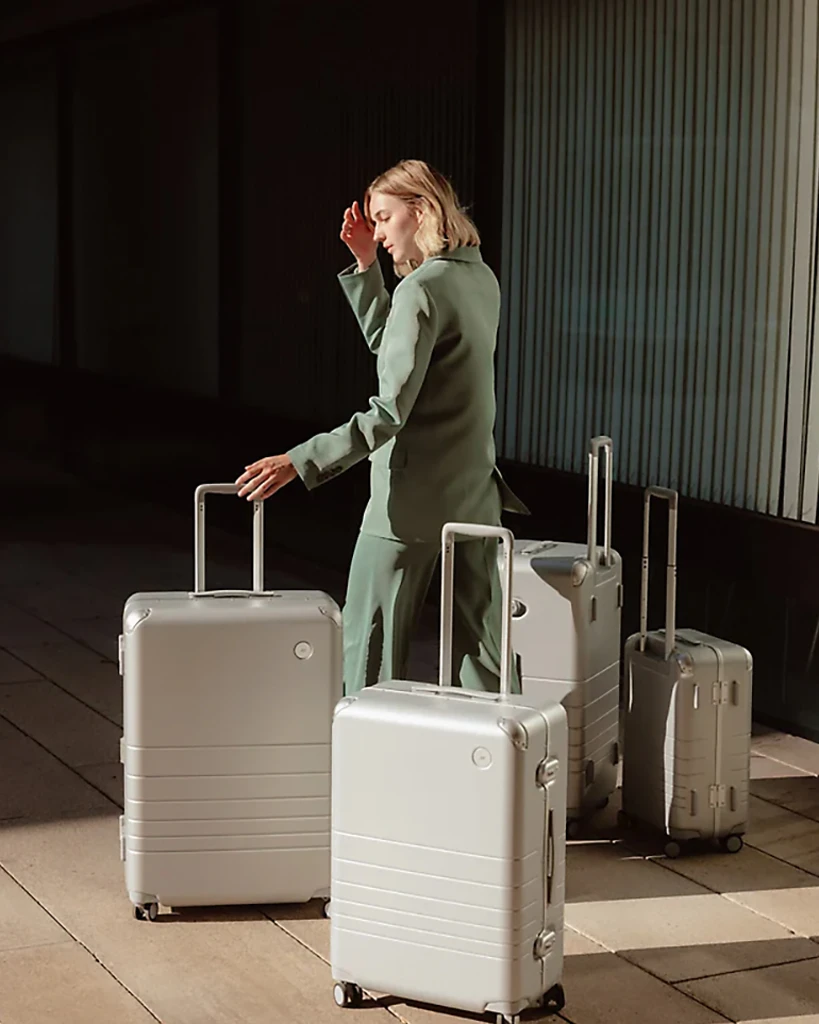
Continually Reimagining the Suitcase
Around the world, the founders of other luggage brands were closely observing Away’s ups and downs. From his perch in Melbourne, Didaskalou felt like there was room for an Away-like brand specifically for Australians. While July’s product is similar to Away’s, Didaskalou and his cofounder have built their business very differently after watching how Away has fared.
They chose not to take VC funding—partly because it is harder to get in Australia and partly because they wanted to have more control over the business. Because July is bootstrapped, its founders have made it a point to be profitable from the start. By the late 2010s, digital advertising had become more expensive, so the brand invested in a fleet of 11 brick-and-mortar stores in Australia, and another nine across Asia, as a way to introduce the brand to new customers.
“It’s a bit more of an old school philosophy to running a business,” says Didaskalou. “But I feel like the startup world is going back to this approach with the next generation of DTC brands.”
Didaskalou believes that the key to staying ahead of the competition is to focus on innovation. The brand has been focused on developing a range of new products to meet different needs, including leather tote bags that can slide into the suitcase and ultralight suitcases for people who care about weight.
More recently, July has launched a higher-end line of “trunks” that are meant to be a modernized version of the old-fashioned travel trunk sold by brands like Louis Vuitton and Hermès. Rather than opening in the middle to create two equal compartments like a traditional suitcase, the trunk has a slimmer lid opening and deeper main compartment. Rimowa, the German luxury brand owned by LVMH, released a trunk suitcase in 2019, with prices starting at $1,450. In 2021, July launched its own version of the trunk, priced at $545. It’s now among July’s top selling products, particularly among international travelers in the Asia Pacific region.
“The luggage market is flooded, but we observed that there’s a white space between the affordable luggage brands and the luxury brands,” Didaskalou says. “There’s his white space in the premium end of the market and there’s a lot we can do to cater to this customer.” Now it’s Away that’s playing catch-up. In 2023, it launched its own trunk for $435.

A brand for everyone
If you stopped by the iconic British department store Selfridges earlier this year, you would find a display of hard-shell suitcases from a brand called Antler. The name would be familiar to people in the U.K., since the brand goes back to 1914. Historically, it created everything from leather suitcases for people who traveled by train to haversacks for soldiers in World War II.
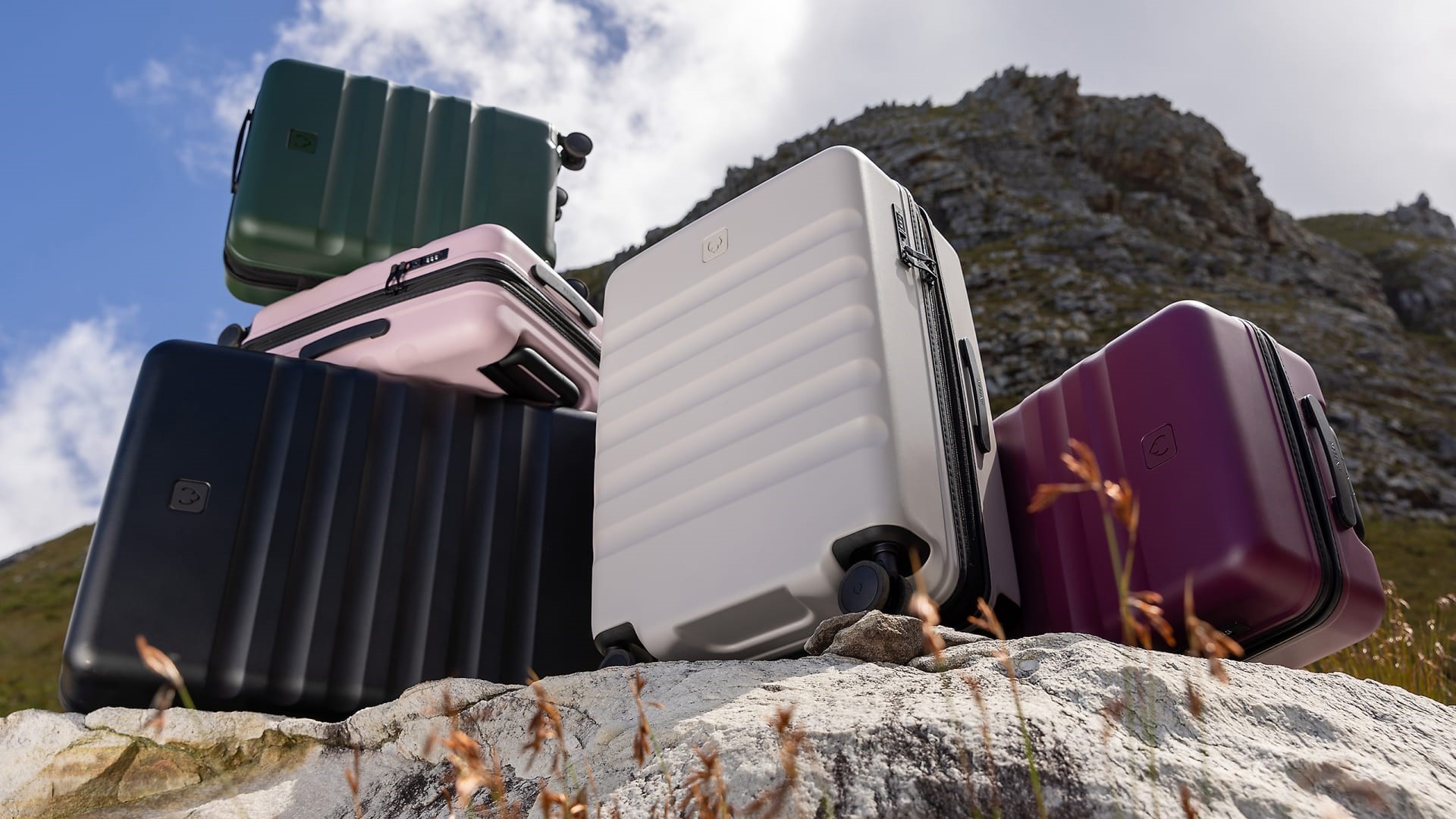
Over the years, Antler has gone through many owners. It was most recently acquired in 2020 by the holding company ATR Brands, which is owned by the fashion entrepreneur Michael Lewis. And over the past four years, it has been reborn as a direct-to-consumer luggage startup. It created a line of hard-shell suitcase that look very similar to others on the market. It also began a global roll out: It partnered with Soho House to become its official travel partner, and soft launched in the United States, generating $1 million without much marketing.
Next month, it plans to make a splash in New York with a new store on Spring Street in Soho. It is describing the retail experience as a “residency” where customers can attend events focused on travel and shop a curated collection of lifestyle products like city guides, in addition to Antler products. It’s a similar strategy to the one Away rolled out when it first launched stores in 2016.
Kirsty Glenne, Antler’s managing director who previously ran e-commerce for Alexander McQueen, says that in the new luggage landscape, brands aren’t just competing on product; they’re also creating a range of different brand narratives to appeal to different customers. Antler, for instance, is tapping into its British heritage. It’s suitcases, which are muted pink, mauve, green, and cream, are inspired by British landscapes. And the brand sells accessories like luggage straps and tags that are meant to customize the look of the case. “We study our competitors quite closely,” says Glenne. “But there’s a special white space we’re taking up. We’re building a lifestyle brand that is about much more than just the case.”
July began selling its products to the U.S. market in 2021, and is now working to deepen its presence here. Later in the summer, for instance, it is launching a product just for American consumers. They’re launching the largest carry-on on the market, that accommodates the size requirements of Southwest Airlines, which has the most generous luggage allowance. “In the U.S. volume matters,” Didaskalou says. “There’s a whole movement of people refuse to check luggage and only use a carry-on. We want to provide something unique to the biggest market in the world.”
While the luggage market seems crowded with these startups, Didaskalou believes they’re still room to grow. After all, the average customer is still shopping from one of the established, incumbent brands. He believes they can be won over with a sleek, well-designed product and a great brand story. “There are a lot of brands, but there’s also a lot of people traveling,” he says. “We’re seeing people search for a new suitcase for their summer holidays, and there’s an opportunity to win them over.”
ABOUT THE AUTHOR
(3)
Report Post




